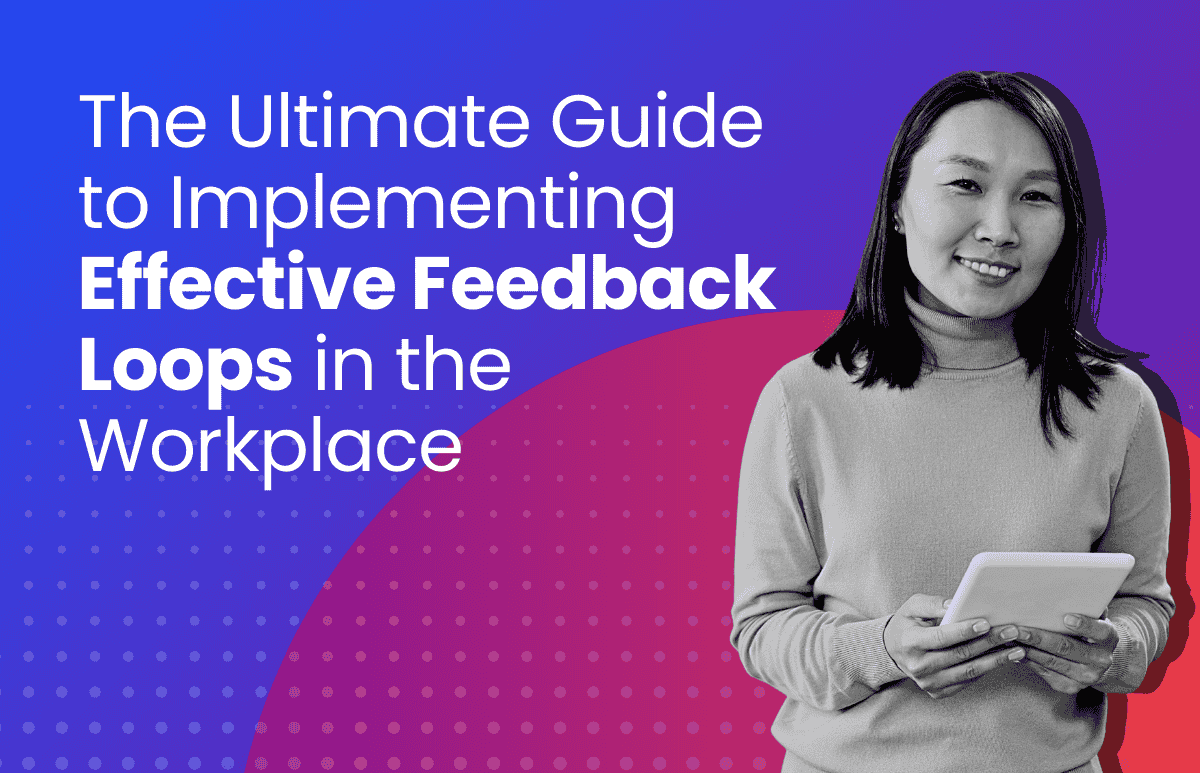Interview: How to Build a Persuasive Business Case

Encountering roadblocks to business case approval can be frustrating. You’ve identified a HR problem, an appropriate software solution and can see the value a new HR Solutions will bring to your organisation. But how do you secure stakeholder approval and budget to move things forward?
Greg Macdonald, HR Manager at Villa Maria has been working in HR for more than 15 years. In that time, he has successfully acquired stakeholder approval for a number of HR initiatives.
Drawing on this expertise, Greg’s approach starts well before he writes his proposal and here, he shares his top tips for building successful business cases
Set yourself up for success
Make sure you do the groundwork in terms of structure, architecture and data. You will have a range of stakeholders to win over, but before you can demonstrate the value your new initiative will bring to the business, you need to ensure it complements any existing systems you plan to keep, aligns with the organisational structure and integrates with quality data.
Ask yourself how your proposed solution will enhance current processes. Will you start from scratch or be integrating with existing systems? Be wary of ‘’bolt on’’ solutions that may integrate and solve the immediate concern, but do not have the ability to scale and remain relevant in the future.
When it comes to data, make sure you are kicking off your new project with a credible and reliable source of truth. If the data requires a cleanse, start that process prior to implementation. There is no substitute for Data Integrity.
Be clear on the problem you are trying to solve
Before you can secure buy-in for a solution, you need to be clear on the problem you are trying to address.
What does your staff survey (or other employee engagement measures) identify as being important to the business and to staff.
You’ll need agreement that the problem you are trying to solve has a big enough impact on the business to warrant the investment of money and resources.
Clearly determine ROI expectations
Once you have an agreement on the problem to be addressed, you need to set clear ROI objectives.
Be realistic and focus first on the business problem eg ensuring compliance. You can also include some ‘’value added’’ benefits such as reduced administration time or better transparency over learning and performance, but be clear these are value adds and not the key ROI metrics you are wanting to deliver against.
Engage with IT early
The HR benefits of your proposed solution may be clear, but how does it stack up from an IT infrastructure point of view?
Many HR systems rely on legacy systems to support newer point solution modules that have been progressively added. Over time, the legacy system becomes outdated, but the need for the point solutions remains.
This scenario can become problematic in terms of costs, support hours and system complexity.
By demonstrating how your new solution will avoid a recreation of this problem, you’ll not only show stakeholders you’ll be adding value to HR, but to IT as well.
Know your stakeholders
Don’t enter a pitch proposal cold. Speak to 2 or 3 members of your stakeholder group and get them on board before your meeting. The more support you already have in the room before you pitch, the more likely you are going to come out with a positive outcome.
Be aware that your stakeholder group is likely to be made up of a combination of personalities. Optimists will be looking for opportunities and naysayers are more likely to be focused on problem resolution. Information gatherers will want lots of details, and innovators will want short, snappy headlines. If you have access to psychometric testing results, these can be a great way to get some real visibility of the personality types in your stakeholder group.
Construct your pitch to include both opportunities and solutions to problems. By doing this, each of your stakeholders should leave your pitch with something that appeals to their personality type.
Overcoming objections
Despite your best laid plans, you may still encounter some objections. Demonstrate you are taking note of this feedback and openly welcome it. It is better to be aware and be able to address the objections at this stage rather than in the middle of implementation when the scope has already been set.
Past project failures have raised concerns. Let me walk you through the specific changes we’ve made to guarantee success this time.
Do your homework, get to know your stakeholders and welcome feedback. By working through these steps, you’ll increase your chances not just of securing business case approval, but also successfully delivering real value to your business.
Ready to get started? Download our business case template.
 HR Core
HR Core 









